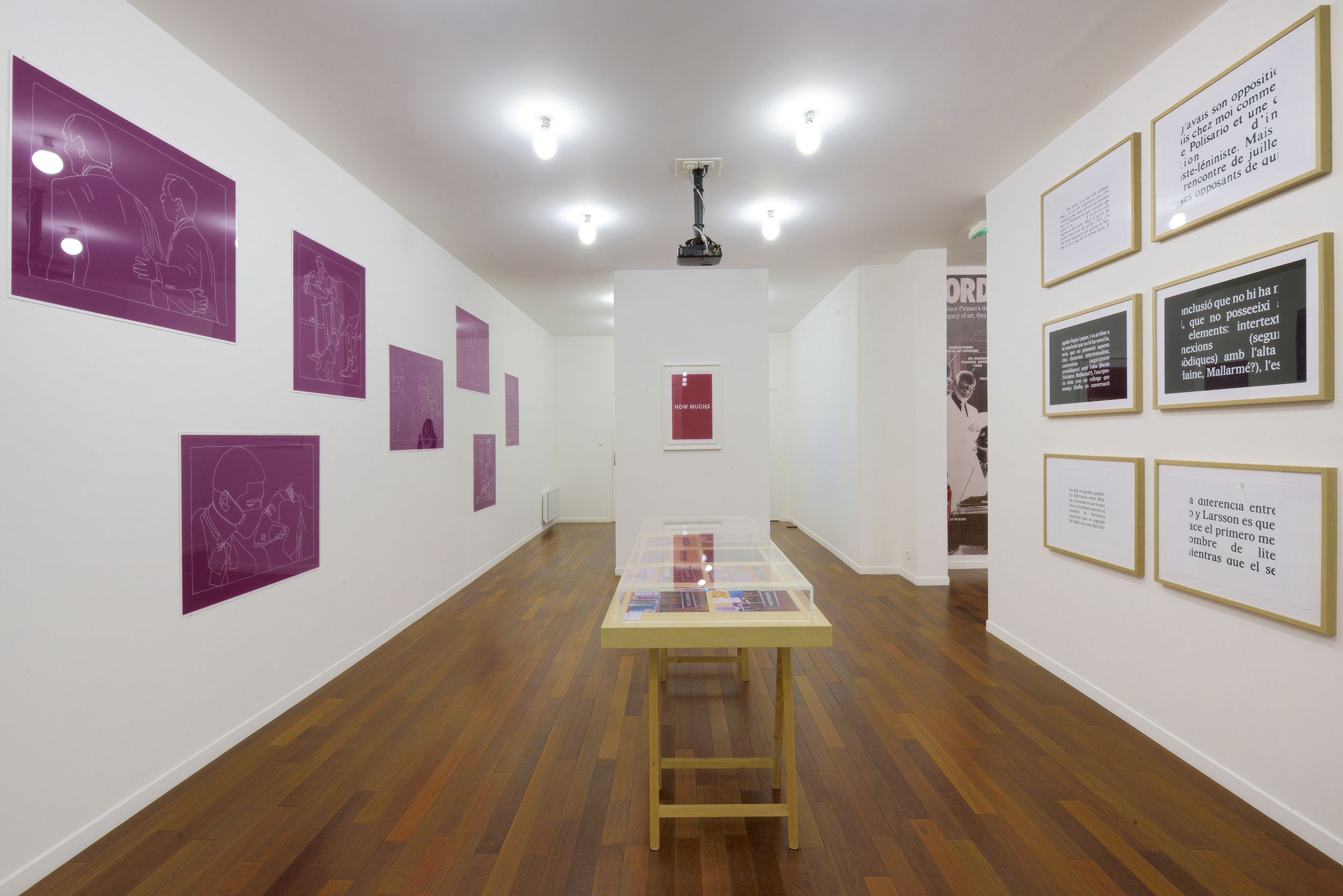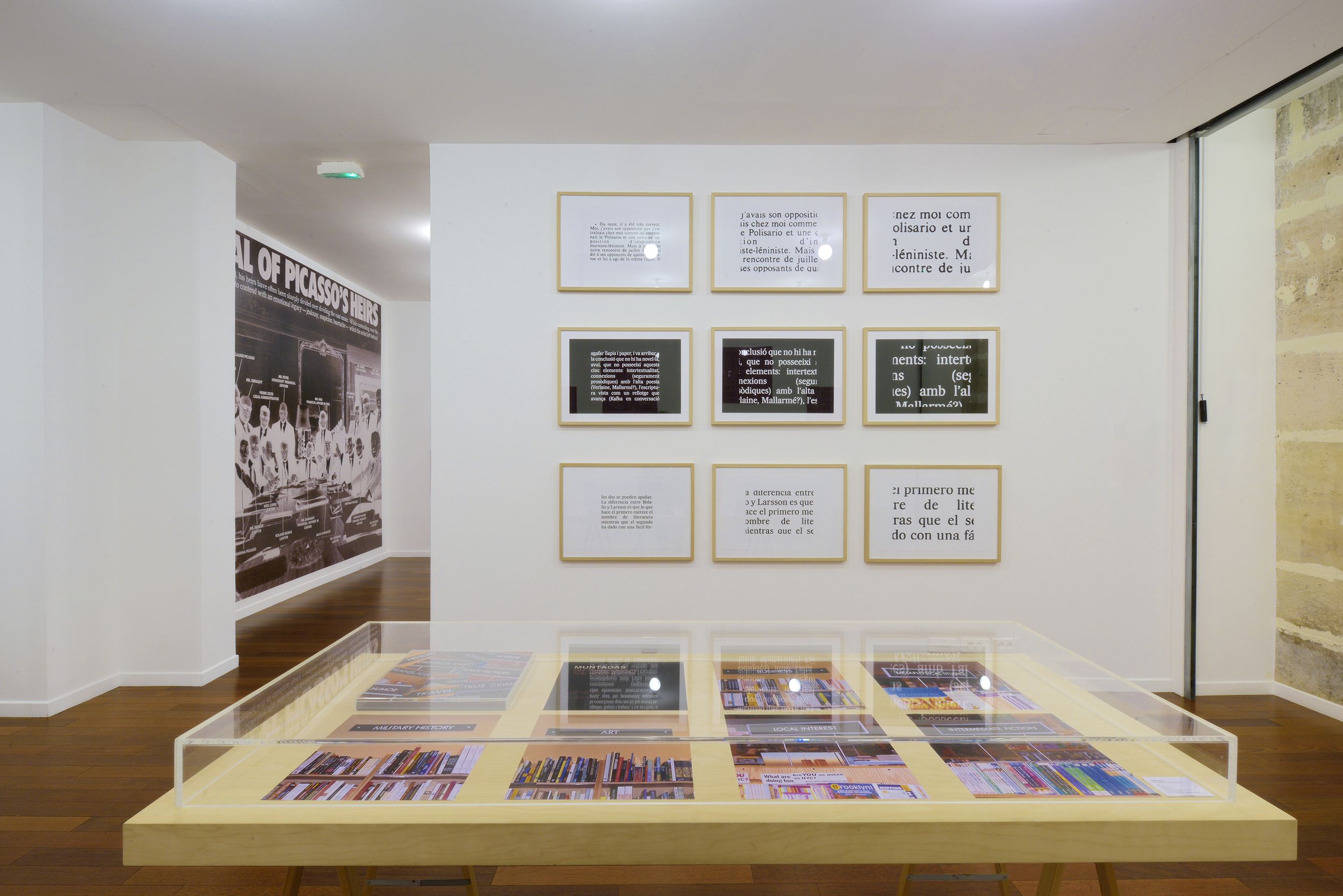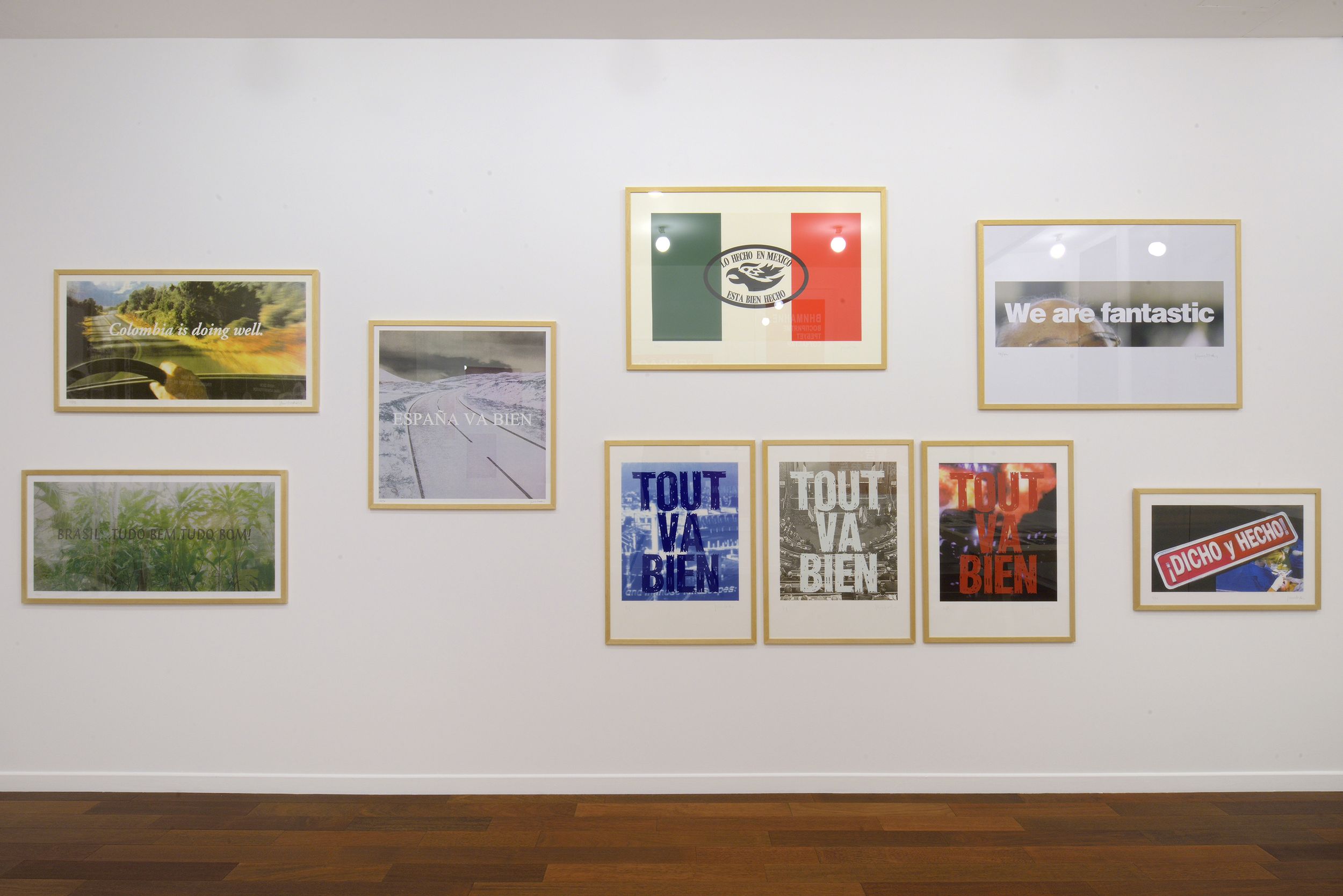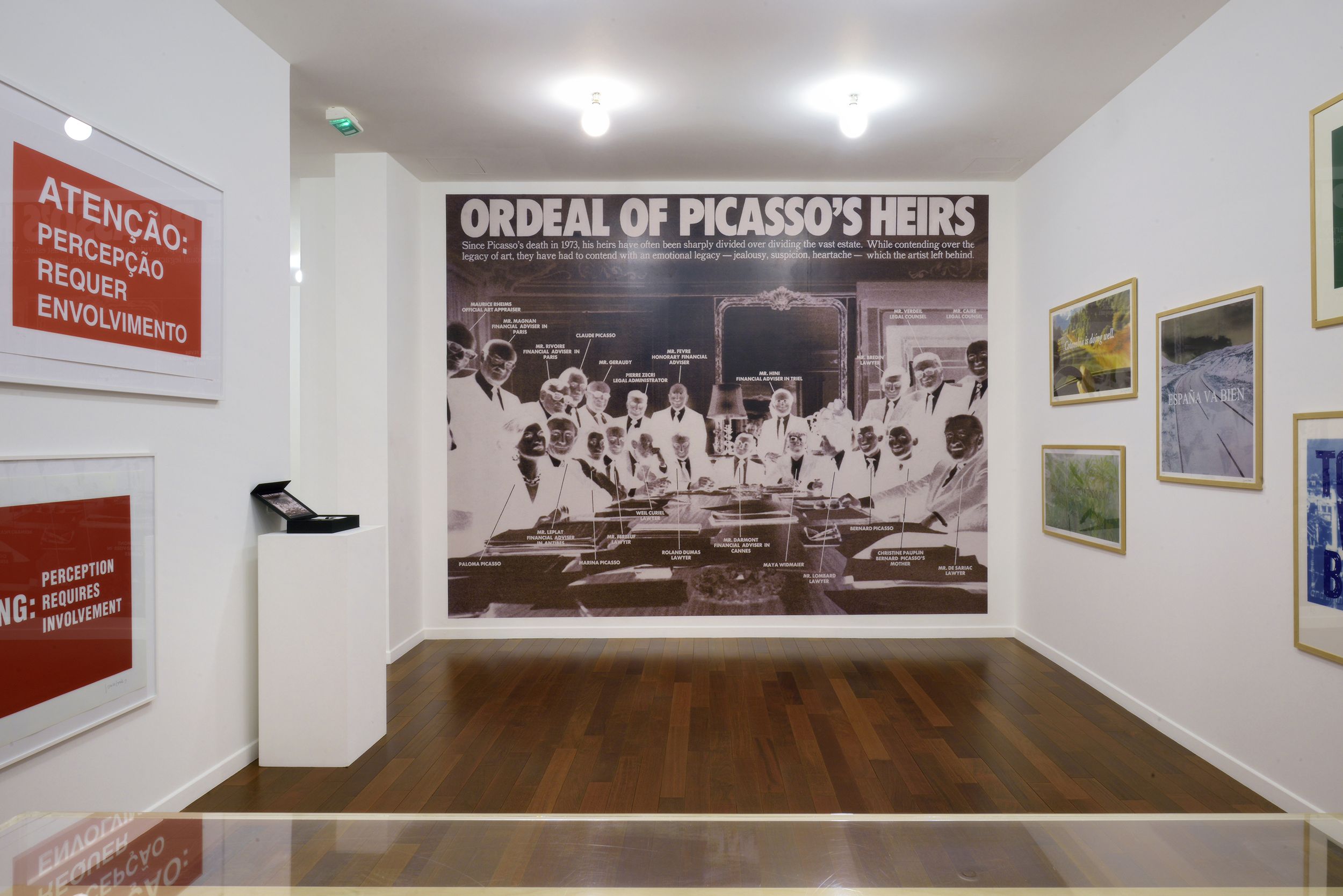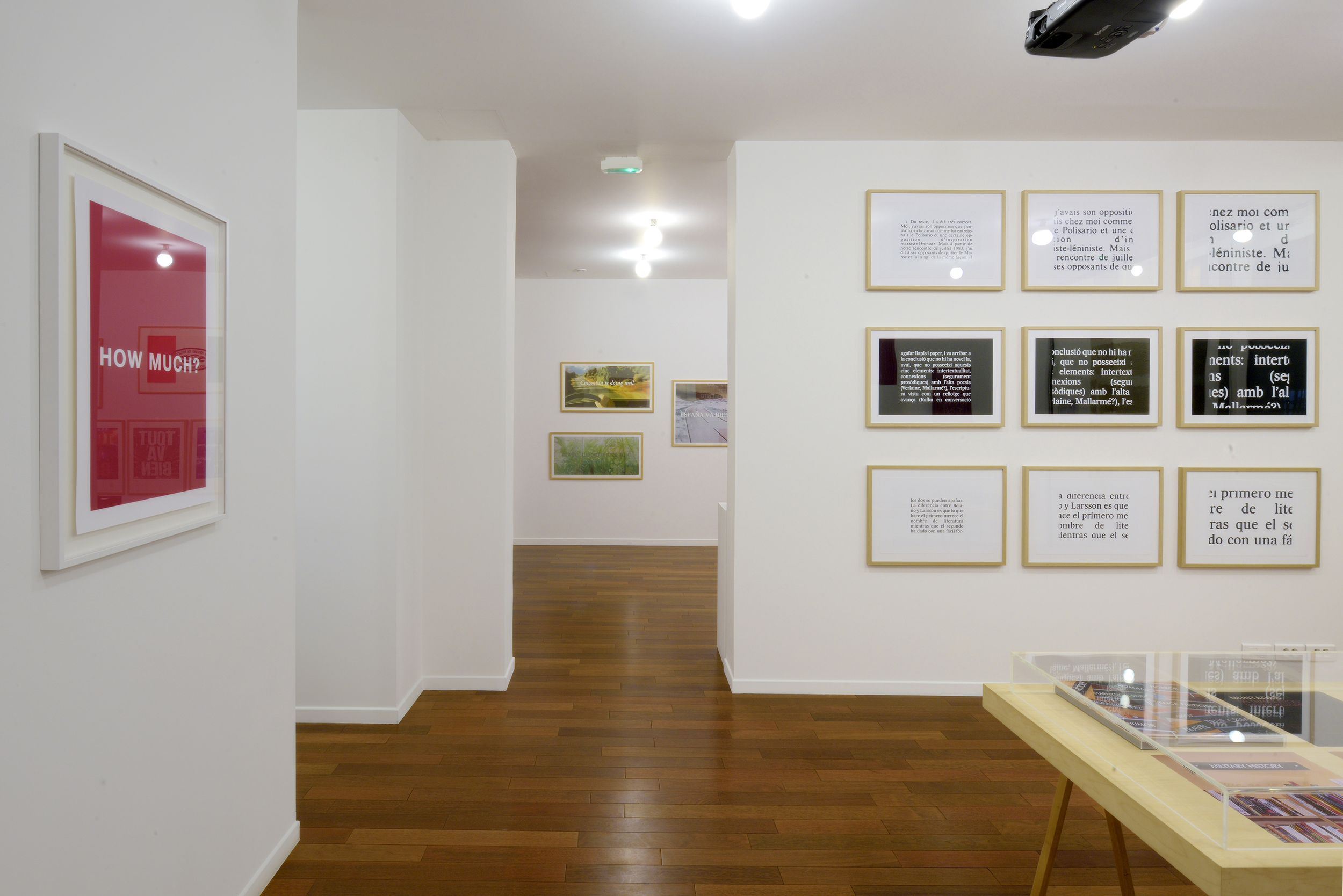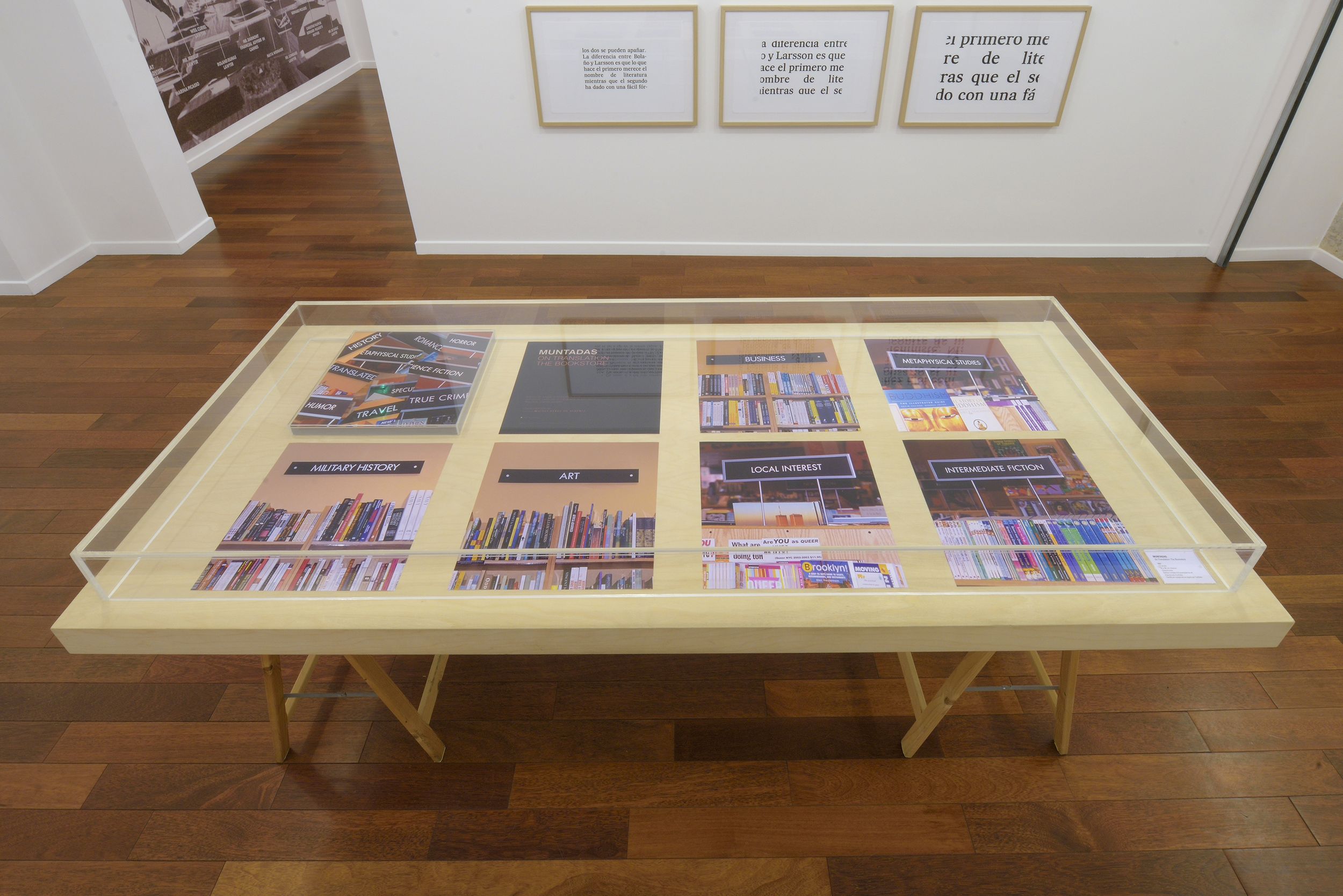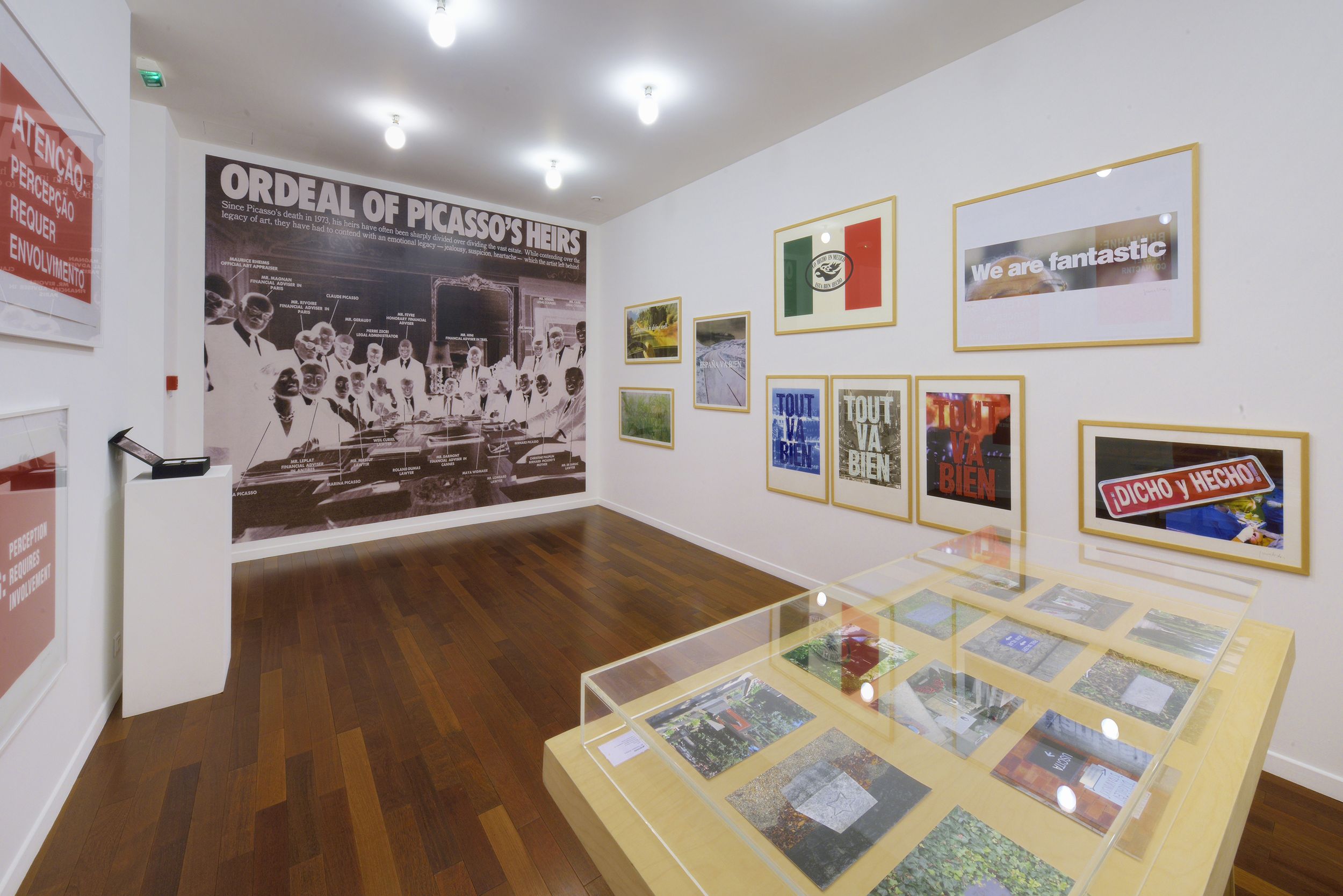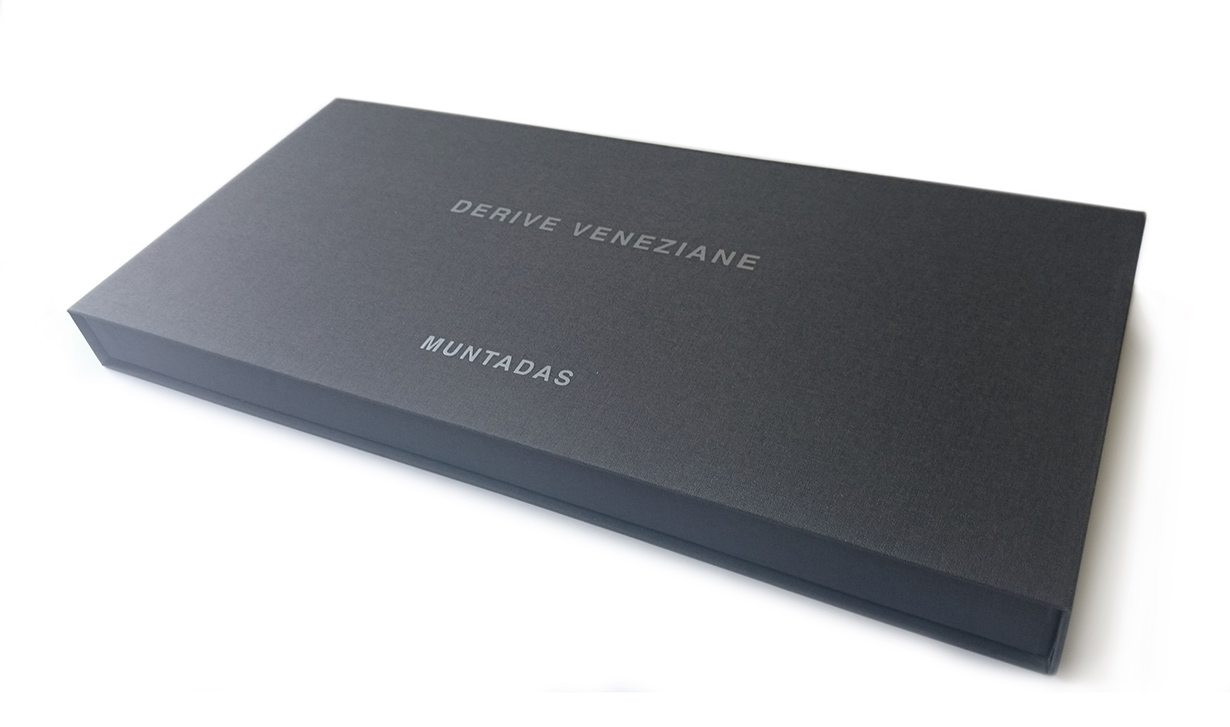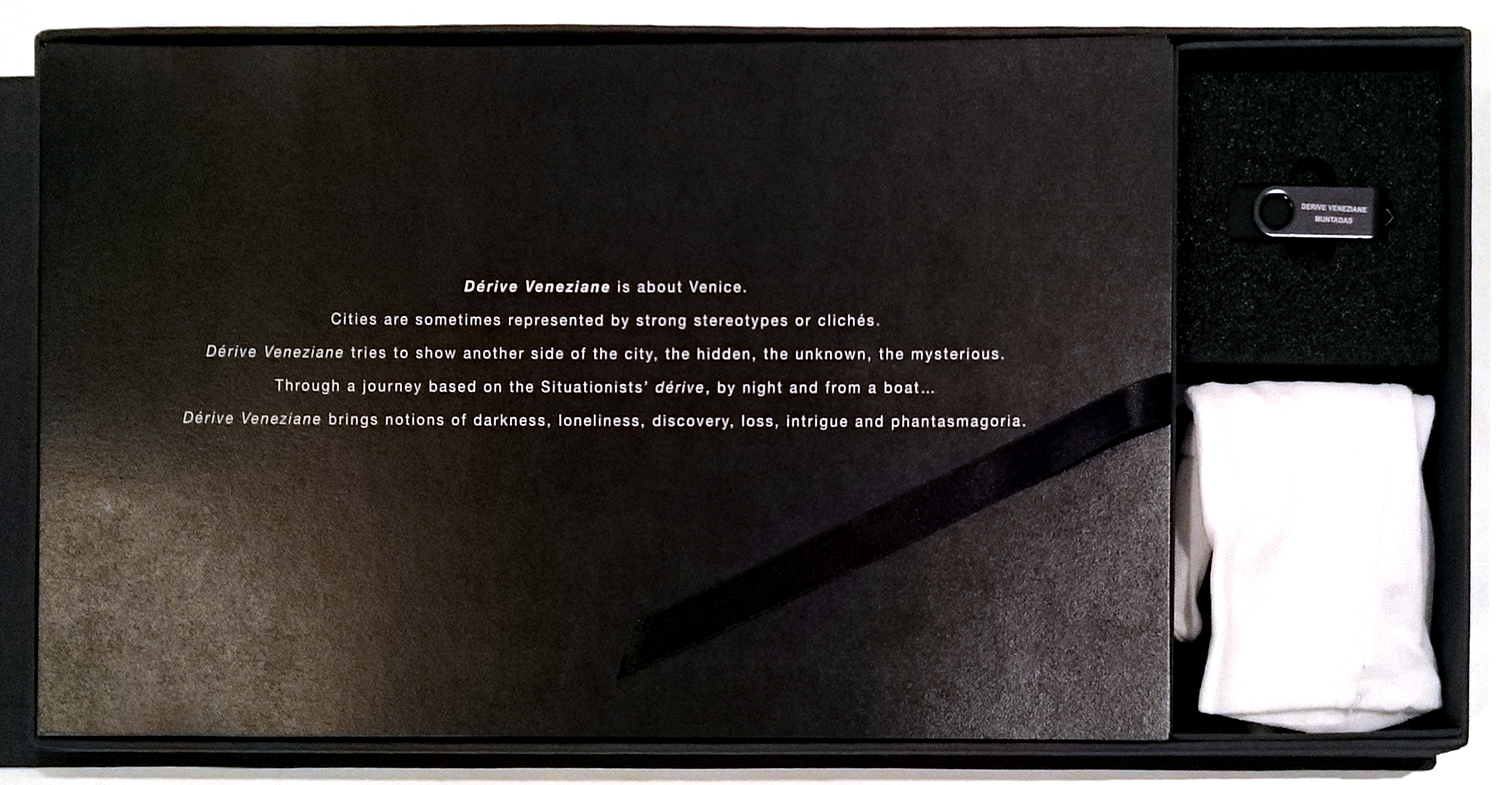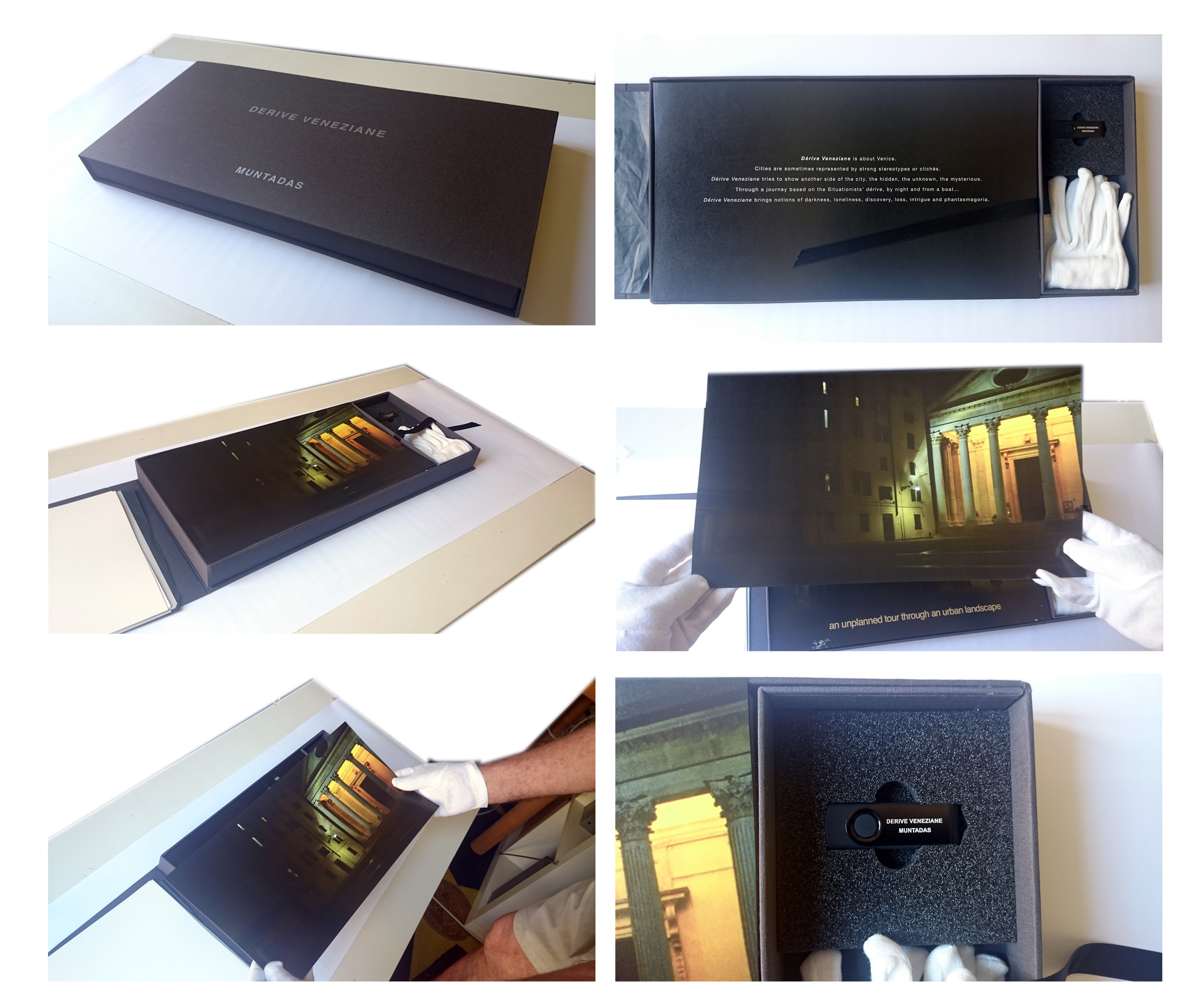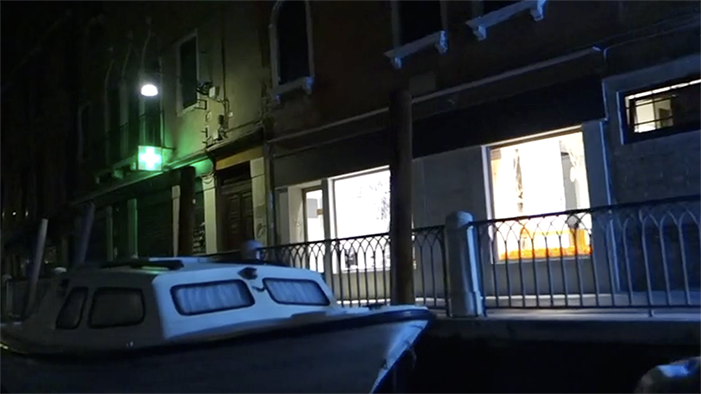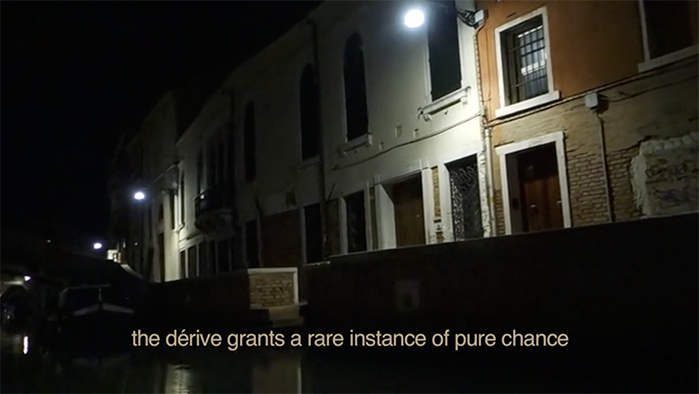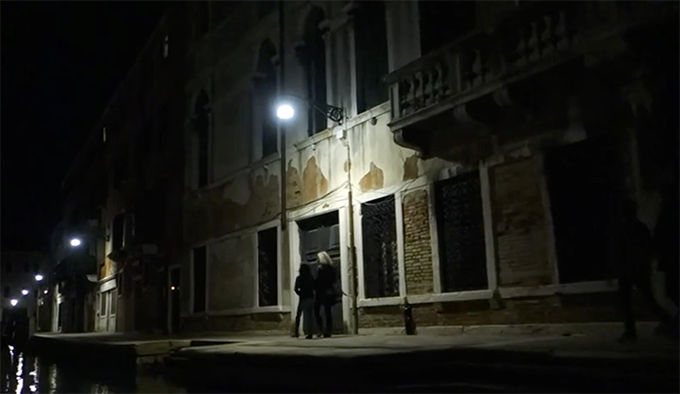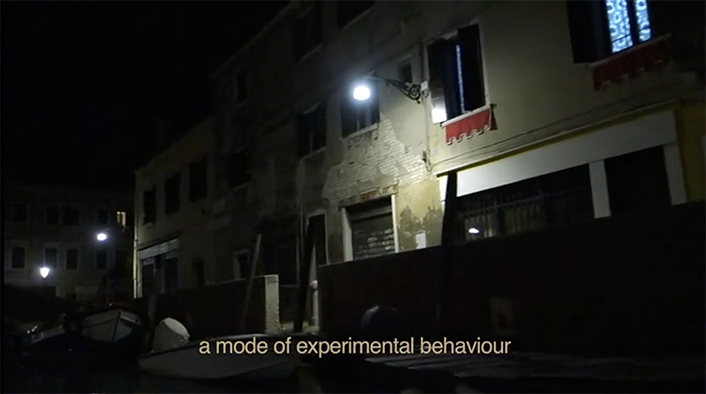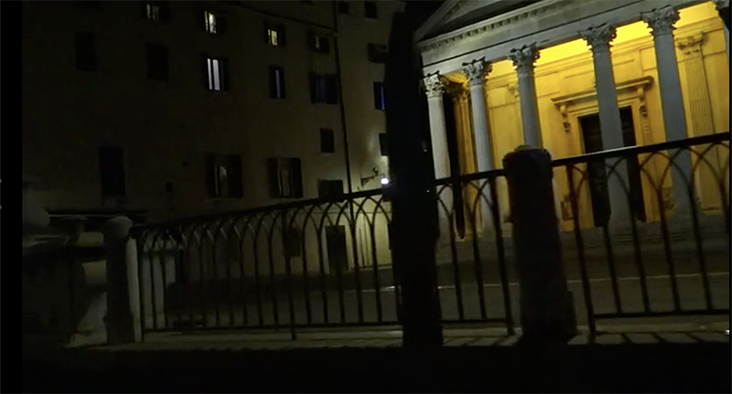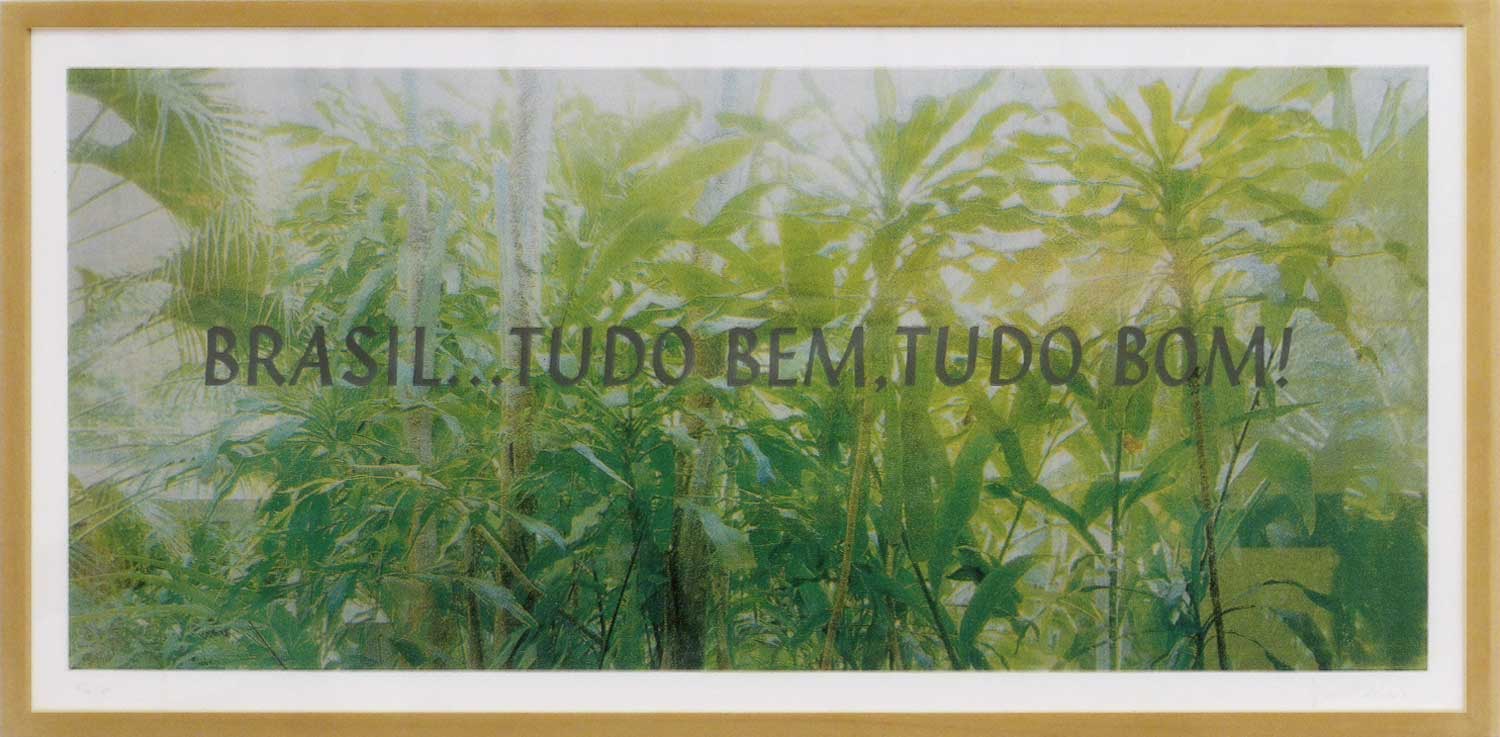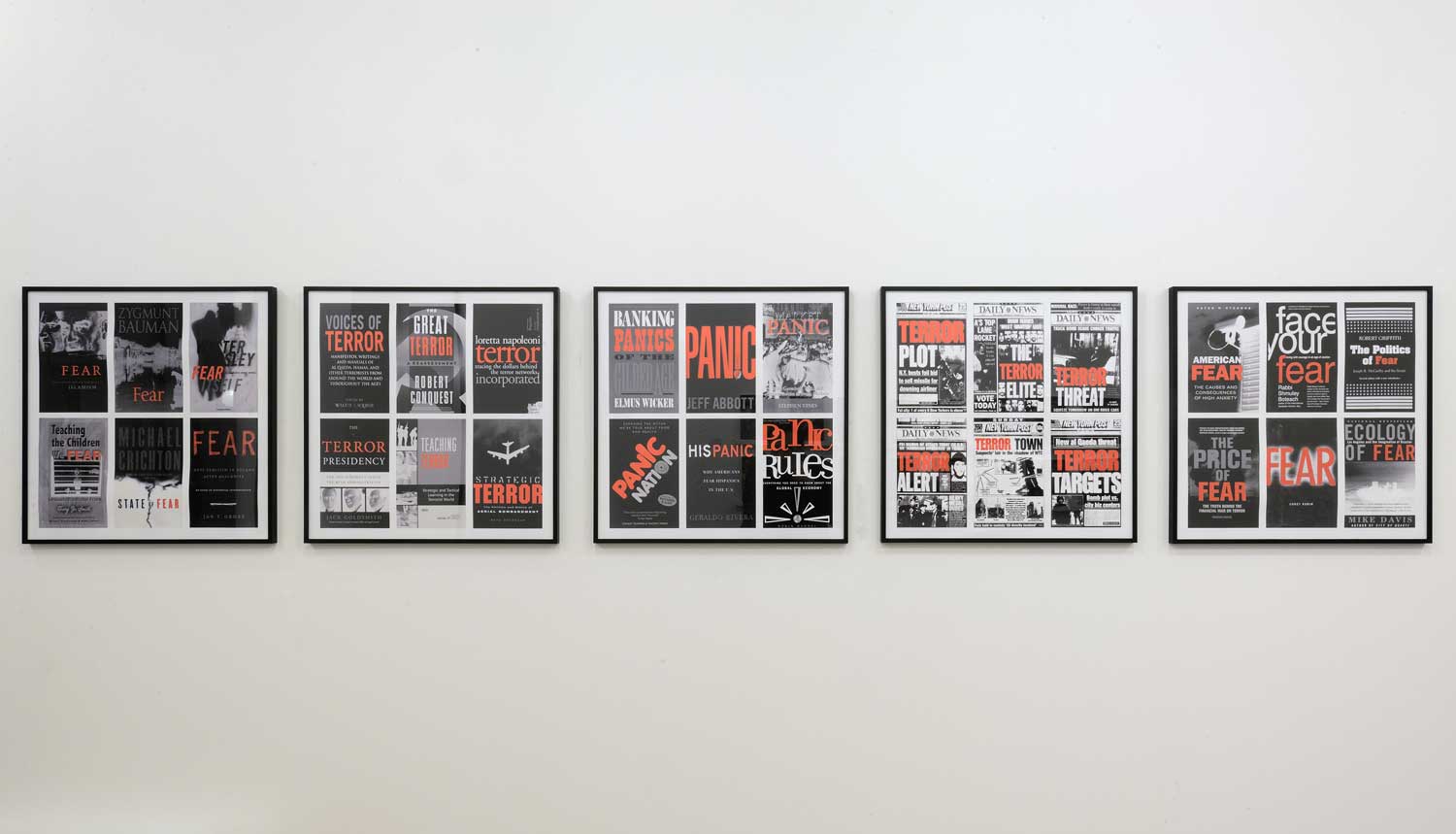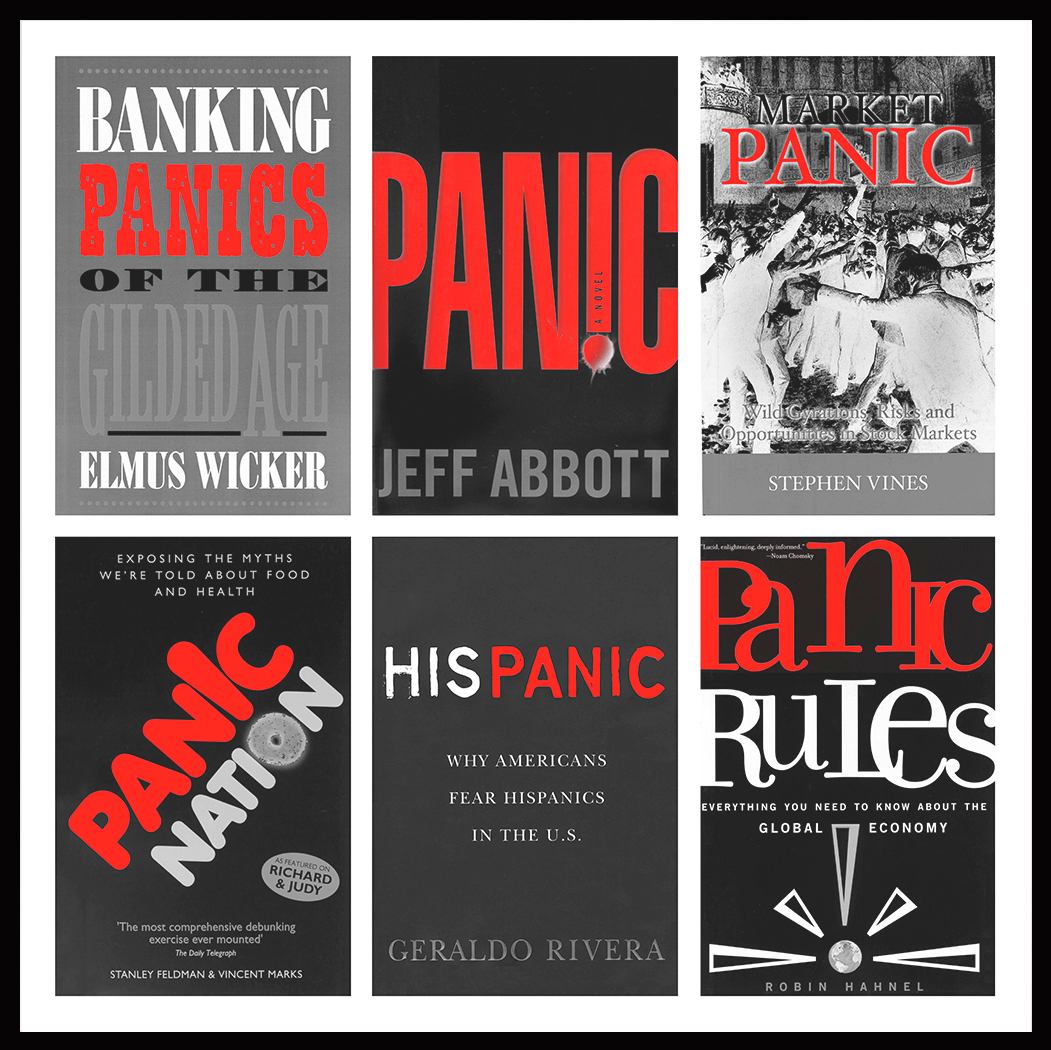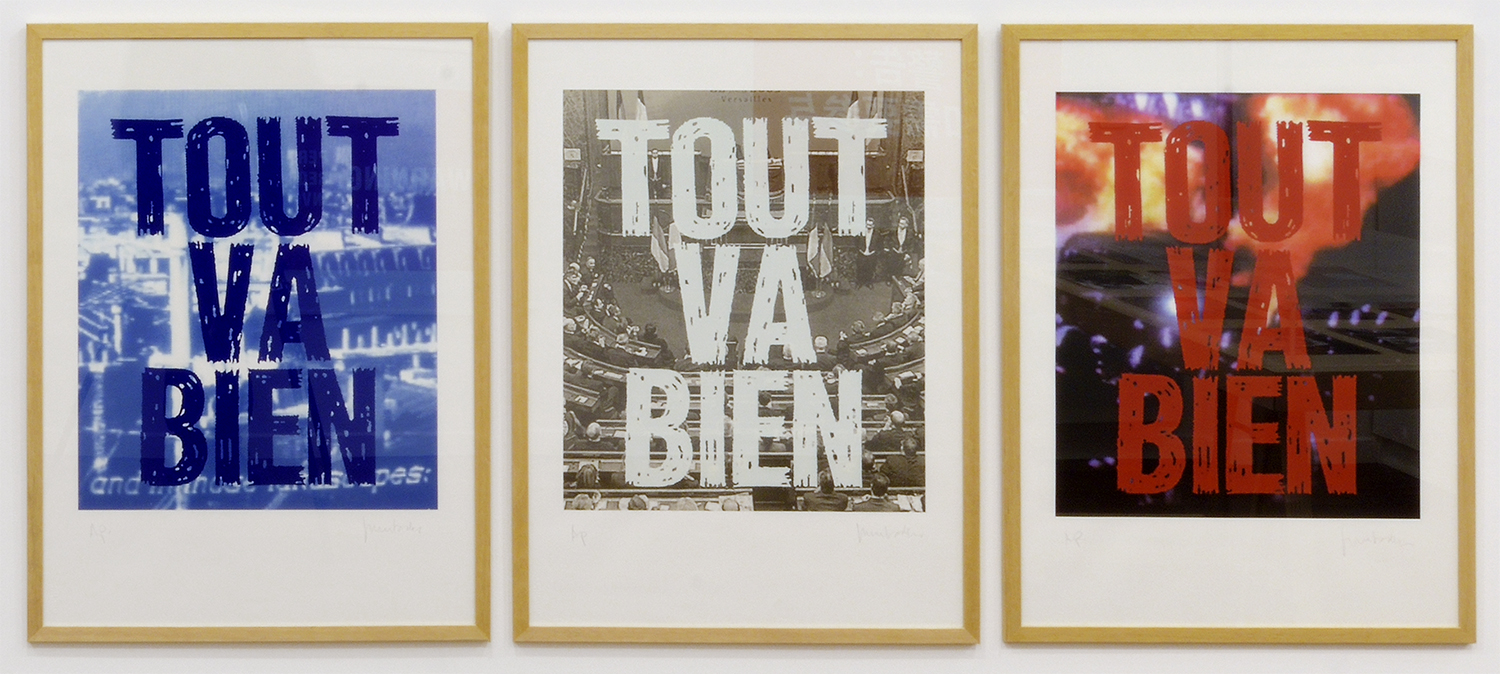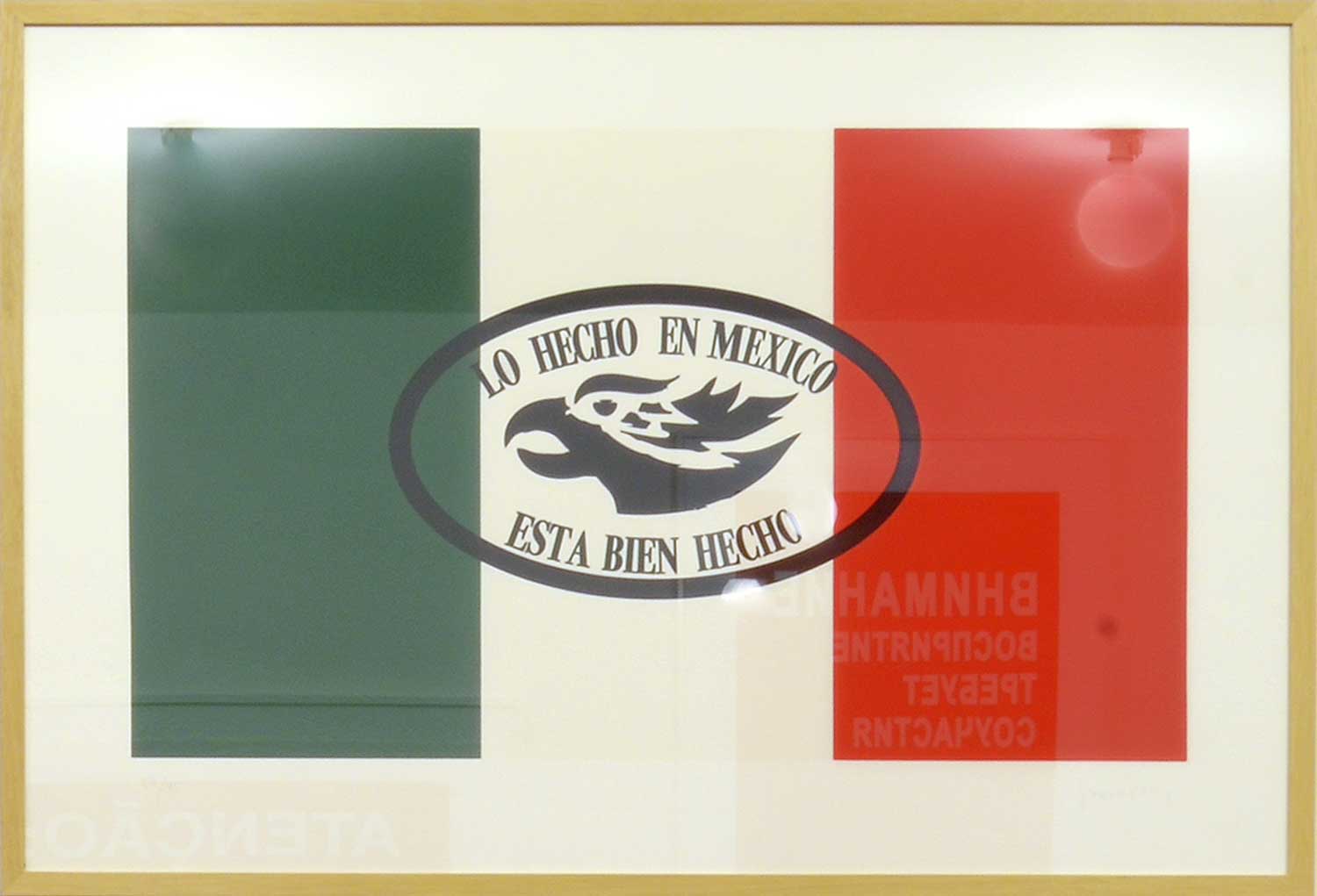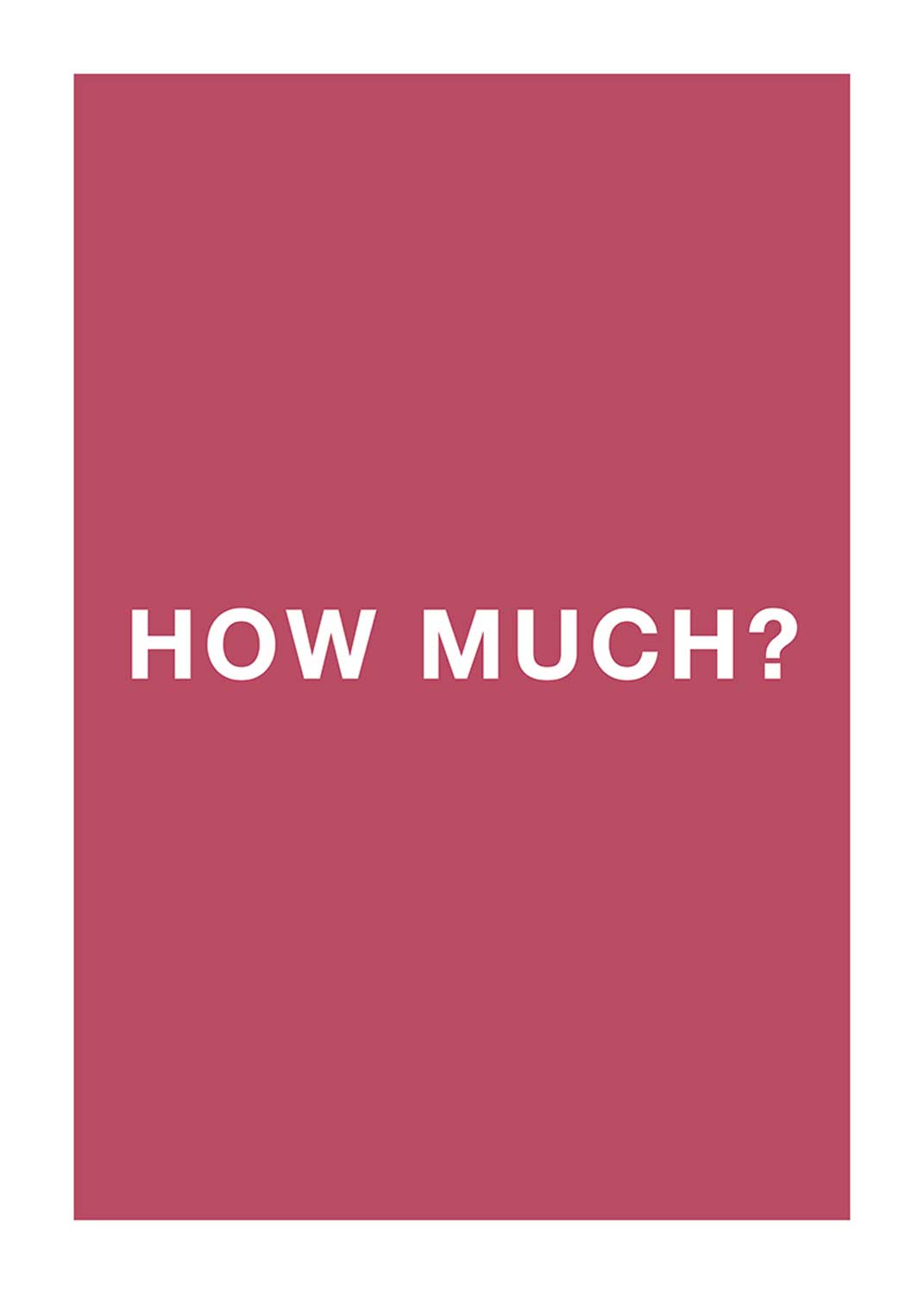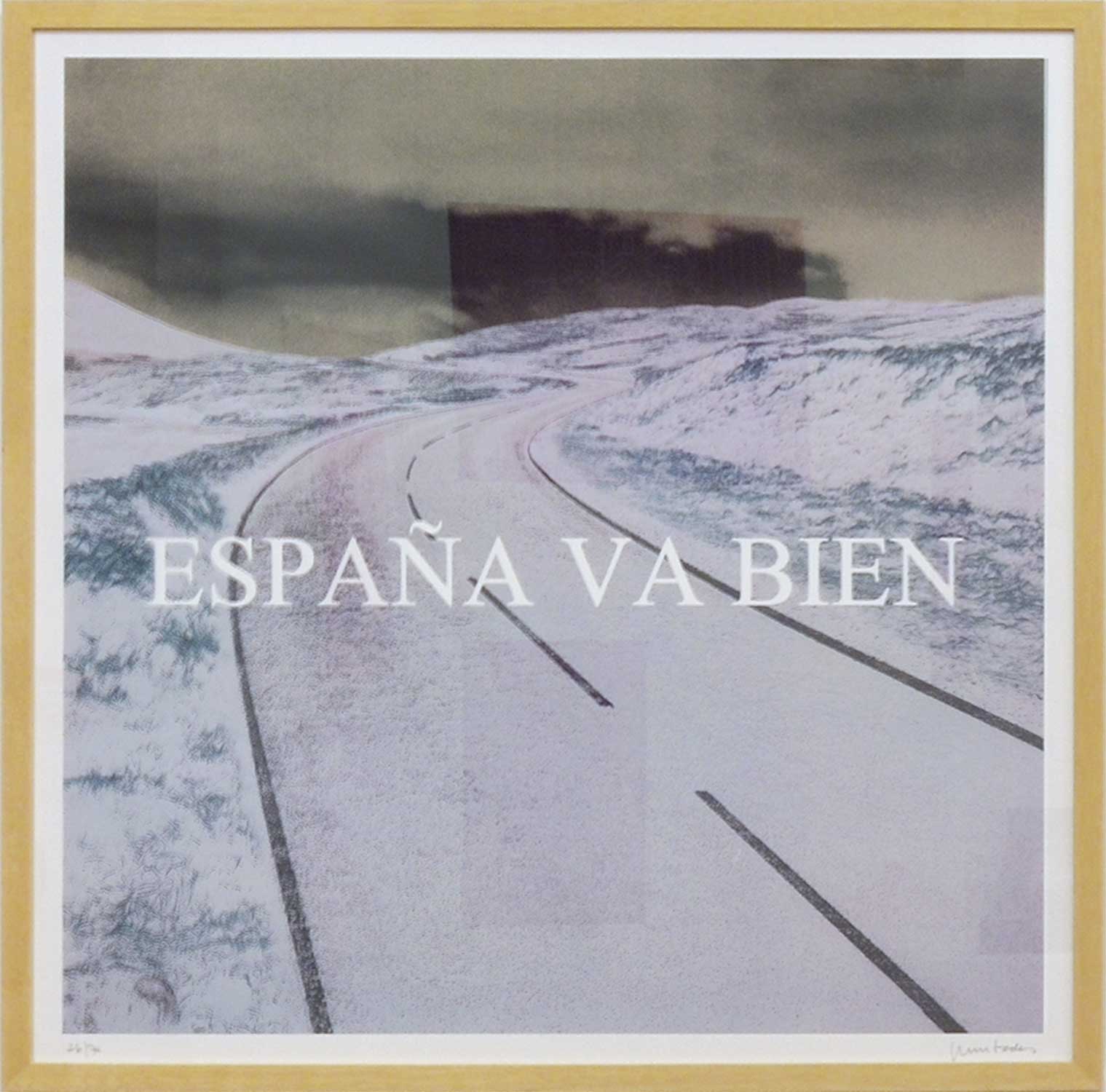Antoni Muntadas - ... et avec cela ? Muntadas - Exhibitionmfc-michèle didier | Paris - Brussels - PARIS
From Friday November 7 to Saturday December 13, 2014
Opening on November 6, 2014 from 6p to 9pm in presence of the artist
We often come across colloquial expressions, the true meaning of which is quite inconspicuous at first. The time and place in which they are pronounced are the only indications that reveal the speaker’s hidden intentions.
The expression «...et avec cela? (...anything else?)», however benevolent it may seem, is an invitation to consumerism for it makes us wonder whether we need something else, thus making us buy more. Those who are around are all made to witness this, in one way or another and they too, are made to take part in the ritual of the financial transaction that takes place then and there.
The world of art, its market, the galleries and the collectors use similar rules and its transactions are executed according to the same principles.
The customer, whether it is the client in a conventional business context or of an art gallery, is considered the same way in both cases, because the desire to sell and the contingency of buying, two essential elements of any transaction, inevitably come to merge.
Words, expressions and images all possess a practical meaning of everyday use behind which a whole new meaning lies hidden, only to be unveiled at a close observation and analysis.
Muntadas, 2014
...et avec cela?, a Muntadas exhbition
A new Muntadas exhibition in Paris, following his most recent significant retrospective Entre / Between at the Jeu de Paume in 2012, ...et avec cela? belongs to a set of two exhibitions imagined by the artist. The other exhibition of the set is entitled ...et avec ceci? and will be presented simultaneously at the galerie Gabrielle Maubrie.
The work of Muntadas takes after the historical conceptual art, this being how he identifies with today’s contemporary art world. The shapes and contents of his work, however, tends to bring him closer to pop, at times. The proposition ...et avec cela? is, indeed, an example, made up of silkscreens or prints, posters. This significant ensemble – counting 25 pieces – questions the use of language in our globalized society and, most of all, its use in a commercial context.
The artist’s made the choice for this exhibition, in view of tackling the subject of consumerism and its linguistic codes, to saturate the space, thus reaching a generally simplified white cube of a traditional shop in which the lines of the layout must be optimized.
The artist’s foreword, written above, announces the questions that are inherent to his double proposition: the question of consumerism at the heart of the art market.
How much?, written in white capital letters on a pale pink monochrome background, announces the tone: an art gallery is a place of business like any other in which the « desire to sell and the eventuality of sales » converge, to quote the artist. The print is part of a series on the five ‘W’s we all know so well: Who? What? Why? Where? When? to which it is recommended to add How? and For whom?. By asking these questions, an empirical method of questioning at the early stages of any developing project, Muntadas seeks to understand the way in which the world functions and especially the way the art world is organized. How much? comes to conclude this preliminary inspection and underlines the numerous constraints imposed on art by its own environment.
Dealings, a set of eight prints, illustrates, with eight scenes sketched in white lines, different transactional situations in a variety of contexts during which the use of the verb becomes a science, that of the rhetoric, an art of the effect of speech on the mind.
Language and its use in a context that is strictly commercial is transposed to that of a larger context of globalization.
Five pieces come from the series On Translation. This work is now one of the most important series by Muntadas. On Translation explores the questions of transcription, interpretation and translation: from language to codes, from science to technology, from subjectivity to objectivity, from peace to war, from private to public, from semiology to technology. On Translation reflects upon the role of translation / translators being the visible matter / that is invisible. From this famous series are presented four version of Warning: perception requires involvement declined in Portuguese Atenção, Russian???????? and Chinese ??. Is there a specific way for each nation to warn people about the constraints of perception? Whatever the context, red seems to remain the color of warning. A fifth piece from On Translation entitled The Bookstorequestions the labeling of shelves in public libraries all over the world.
Another series deals with national expressions and what they mean in terms of identity and representation of the whole nation. For Brazil, for instance, Muntadas has chosen the expression Tudo bem, Tudo Bom! applied onto a background image of a tropical forest that the collective imagination would assume to be the Amazon forest. Uruguay is met with a somewhat presumptuous We are Fantastic, while the image that goes with these words are less flattering – that of a balding man whose face is cut at the forehead. France is brought to life through the famous Tout va bien over a view of an explosion, which is perhaps a symbolic implosion or a documentary of one of the numerous wars that the country has engaged in.
A last series, Close up, deals with typographic accidents in the written media: spaces left by mistake after making quick corrections just before printing the article. Muntadas made it his job to hunt them down and collect them, especially in Le Monde and El Paìs. These blank spaces are meant to convey governmental censorship over the media in the past. Could it be a form of self-imposed censorship today ?
One of the leading pieces of the exhibition, Ordeal of Picasso’s heirs adds to this rich collection. The work is made entirely of the illustration of a newspaper article with a provocative title : Ordeal of Picasso’s heirs. This picture was published in The New York Times Magazine on April 20, 1980. Here, Muntadas is intrigued by the correlation between image copyright and the author’s copyright in producing a work entirely based on reproduction (copies). Indeed, the photograph sold by the artist comes with a certificate of authenticity. Muntadas chose not to diffuse them in the form of a developed photograph but as a digital file engraved on a DVD. Its reproduction is then infinite and can be blown up to a considerable extent, thus making it possible to produce a four-meter large wallpaper with the image. Muntadas goes on to mention the following: « the author made his best efforts to study the legal rights of this work. If you believe that any part of the content of this work is a violation of your copyright, the author is willing to respect all rights issues and will reply fully when notified. The author reserves the right to verify your identity and to obtain further information to shed further light on the basis of the claim. »
...et avec cela? (...anything else?) This will be all for the moment, concerning the exhibition at mfc-michèle didier.
One last thing, perhaps... in the end, isn’t it the artist, the main actor of this art market? Muntadas’ text does not mention this, but the exhibition at the mfc-michèle didier gallery would not have seen the day without his intervention.
Now, let’s go do business.
From Friday November 7 to Saturday December 13, 2014
Opening on November 6, 2014 from 6p to 9pm in presence of the artist
We often come across colloquial expressions, the true meaning of which is quite inconspicuous at first. The time and place in which they are pronounced are the only indications that reveal the speaker’s hidden intentions.
The expression «...et avec cela? (...anything else?)», however benevolent it may seem, is an invitation to consumerism for it makes us wonder whether we need something else, thus making us buy more. Those who are around are all made to witness this, in one way or another and they too, are made to take part in the ritual of the financial transaction that takes place then and there.
The world of art, its market, the galleries and the collectors use similar rules and its transactions are executed according to the same principles.
The customer, whether it is the client in a conventional business context or of an art gallery, is considered the same way in both cases, because the desire to sell and the contingency of buying, two essential elements of any transaction, inevitably come to merge.
Words, expressions and images all possess a practical meaning of everyday use behind which a whole new meaning lies hidden, only to be unveiled at a close observation and analysis.
Muntadas, 2014
...et avec cela?, a Muntadas exhbition
A new Muntadas exhibition in Paris, following his most recent significant retrospective Entre / Between at the Jeu de Paume in 2012, ...et avec cela? belongs to a set of two exhibitions imagined by the artist. The other exhibition of the set is entitled ...et avec ceci? and will be presented simultaneously at the galerie Gabrielle Maubrie.
The work of Muntadas takes after the historical conceptual art, this being how he identifies with today’s contemporary art world. The shapes and contents of his work, however, tends to bring him closer to pop, at times. The proposition ...et avec cela? is, indeed, an example, made up of silkscreens or prints, posters. This significant ensemble – counting 25 pieces – questions the use of language in our globalized society and, most of all, its use in a commercial context.
The artist’s made the choice for this exhibition, in view of tackling the subject of consumerism and its linguistic codes, to saturate the space, thus reaching a generally simplified white cube of a traditional shop in which the lines of the layout must be optimized.
The artist’s foreword, written above, announces the questions that are inherent to his double proposition: the question of consumerism at the heart of the art market.
How much?, written in white capital letters on a pale pink monochrome background, announces the tone: an art gallery is a place of business like any other in which the « desire to sell and the eventuality of sales » converge, to quote the artist. The print is part of a series on the five ‘W’s we all know so well: Who? What? Why? Where? When? to which it is recommended to add How? and For whom?. By asking these questions, an empirical method of questioning at the early stages of any developing project, Muntadas seeks to understand the way in which the world functions and especially the way the art world is organized. How much? comes to conclude this preliminary inspection and underlines the numerous constraints imposed on art by its own environment.
Dealings, a set of eight prints, illustrates, with eight scenes sketched in white lines, different transactional situations in a variety of contexts during which the use of the verb becomes a science, that of the rhetoric, an art of the effect of speech on the mind.
Language and its use in a context that is strictly commercial is transposed to that of a larger context of globalization.
Five pieces come from the series On Translation. This work is now one of the most important series by Muntadas. On Translation explores the questions of transcription, interpretation and translation: from language to codes, from science to technology, from subjectivity to objectivity, from peace to war, from private to public, from semiology to technology. On Translation reflects upon the role of translation / translators being the visible matter / that is invisible. From this famous series are presented four version of Warning: perception requires involvement declined in Portuguese Atenção, Russian???????? and Chinese ??. Is there a specific way for each nation to warn people about the constraints of perception? Whatever the context, red seems to remain the color of warning. A fifth piece from On Translation entitled The Bookstorequestions the labeling of shelves in public libraries all over the world.
Another series deals with national expressions and what they mean in terms of identity and representation of the whole nation. For Brazil, for instance, Muntadas has chosen the expression Tudo bem, Tudo Bom! applied onto a background image of a tropical forest that the collective imagination would assume to be the Amazon forest. Uruguay is met with a somewhat presumptuous We are Fantastic, while the image that goes with these words are less flattering – that of a balding man whose face is cut at the forehead. France is brought to life through the famous Tout va bien over a view of an explosion, which is perhaps a symbolic implosion or a documentary of one of the numerous wars that the country has engaged in.
A last series, Close up, deals with typographic accidents in the written media: spaces left by mistake after making quick corrections just before printing the article. Muntadas made it his job to hunt them down and collect them, especially in Le Monde and El Paìs. These blank spaces are meant to convey governmental censorship over the media in the past. Could it be a form of self-imposed censorship today ?
One of the leading pieces of the exhibition, Ordeal of Picasso’s heirs adds to this rich collection. The work is made entirely of the illustration of a newspaper article with a provocative title : Ordeal of Picasso’s heirs. This picture was published in The New York Times Magazine on April 20, 1980. Here, Muntadas is intrigued by the correlation between image copyright and the author’s copyright in producing a work entirely based on reproduction (copies). Indeed, the photograph sold by the artist comes with a certificate of authenticity. Muntadas chose not to diffuse them in the form of a developed photograph but as a digital file engraved on a DVD. Its reproduction is then infinite and can be blown up to a considerable extent, thus making it possible to produce a four-meter large wallpaper with the image. Muntadas goes on to mention the following: « the author made his best efforts to study the legal rights of this work. If you believe that any part of the content of this work is a violation of your copyright, the author is willing to respect all rights issues and will reply fully when notified. The author reserves the right to verify your identity and to obtain further information to shed further light on the basis of the claim. »
...et avec cela? (...anything else?) This will be all for the moment, concerning the exhibition at mfc-michèle didier.
One last thing, perhaps... in the end, isn’t it the artist, the main actor of this art market? Muntadas’ text does not mention this, but the exhibition at the mfc-michèle didier gallery would not have seen the day without his intervention.
Now, let’s go do business.
Exposed artworks
Slipcase, 30 original frames from the film and a usb stick containing the film
19.69 x 9.06 x 1.57 in ( 50 x 23 x 4 cm )
Triptych, digital print
Each 15.75 x 23.62 in
Triptych, digital print
Each 15.75 x 23.62 in
Silkscreen on rag paper
18.9 x 39.37 in ( 48,5 x 100 cm )
Edition of 70
Slipcase, contains 5 digital prints
Each 23.62 x 23.62 in
Triptych, silkscreen on rag paper
Each 29.92 x 22.05 in
Edition of 70
Silkscreen on rag paper
26.77 x 38.98 in ( 68 x 99,5 cm )
Edition of 45
Digital print
27.17 x 19.29 in ( 69 x 49,5 cm )
Edition of 50 + 10 EA
Silkscreen on rag paper
27.56 x 27.56 in ( 70,5 x 70,5 cm )
Edition of 70
One photographic image manipulated by the artist and burned to DVD, allowing it to be printed and mounted onto the wall up to a maximum size of 400 cm
Variable dimensions
Edition of 9 + 1 EA
